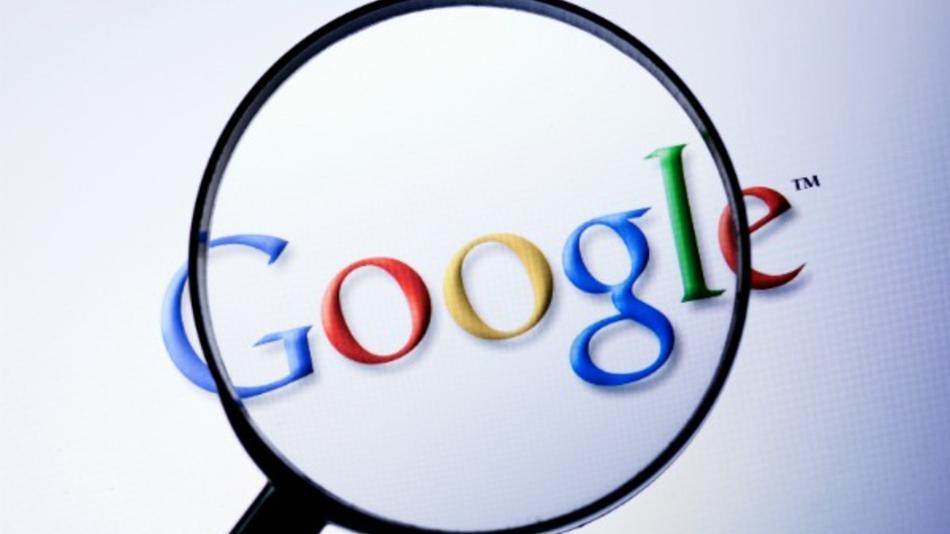
Stanford University PhD students Sergey Brin and Larry Page were the brains behind Google. They wanted to do away with the conventional search engines where search results were ranked based on the number of times the words you search appears on the web page. Brin and Page wanted to have a more reliable system which would give users more relevant and more substantial search results. Initially named “BackRub” in January 1996, the name was changed to “Google”, which is a misspelled “googol”. Googol is a large number where 1 is followed by one hundred zeroes. They picked the name to signify that their website will provide people with substantial information.
Google had its humble beginnings on Stanford University’s website. Its initial funding was granted in 1998 by Sun Microsystems co-founder Andy Backtolsheim amounting to $100,000. Since the pursuit of making Google a success was taking too much of their time, Brin and Page offered Google for $1 million to Excite CEO George Bell, but were declined. A few months later, a massive $25 million funding was given by two huge venture capital firms. Google went public in August 2004, initially offering their shares at $85 each. There were speculations that Google Inc. would not be a success, because Google was committed to its anti-corporate culture and no evil philosophy. They proved their detractors wrong and their stock is now valued at $792.46 per share (NASDAQ, February 29, 7:29pm ET).
From being a search engine website, Google has expanded its products. They still maintain their web-based products search engine and advertising services. They later on added publishing tools (Blogger), map-related products and statistical tools. They now have an operating system, Chrome. They also have several desktop and mobile applications, both web and standalone. Other Google services include Crisis Response, Fiber, Public DNS and Google Ideas, a New York City-based inter-disciplinary “think/do tank” on global challenges and technological solutions.
In the recent years, Google ventured into hardware too. They developed a search appliance to help corporations sort data. Google purchased Motorola mobility on May 23, 2012 for $12.5 billion. It was a long process which involved getting approvals from the European Union, the United States’ Department of Justice and the People’s Republic of China. Along with the acquisition was a bank of patents by Motorola.
Android was funded by Google before until it was finally purchased in 2005. However it was not until 2007 that Android was introduced to the public. Google released the Nexus series of smartphones and tablets using, of course, the Android operating system. Android made a buzz with free applications. That is why most end-users prefer to buy smartphones and tablets with this OS. It will not cost you any extra to install important applications like Google Voice and Dropbox client, while you continue to receive RingCentral business VoIP alerts when you install related application.
Aside from Android, Google developed Chrome OS for personal computers. They sold Chromebook and Chromebox, a laptop and desktop, respectively. This year, tech geeks are looking forward to the release of the first touchscreen laptops that Google Inc. is developing at the moment. With the depleting need for laptops because of the release of tablets, a laptop with a touchscreen might just solve the problem. They have not yet announced which hardware manufacturer will release this device, but it is expected to be a hit following Microsoft’s Windows 8 release in 2012.

